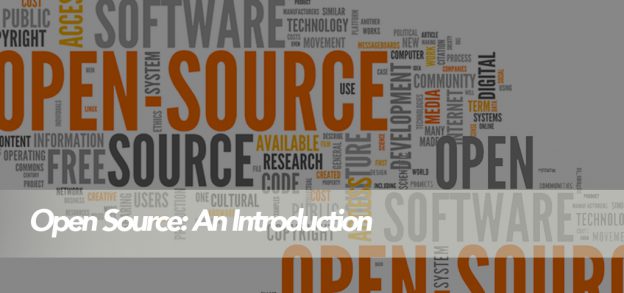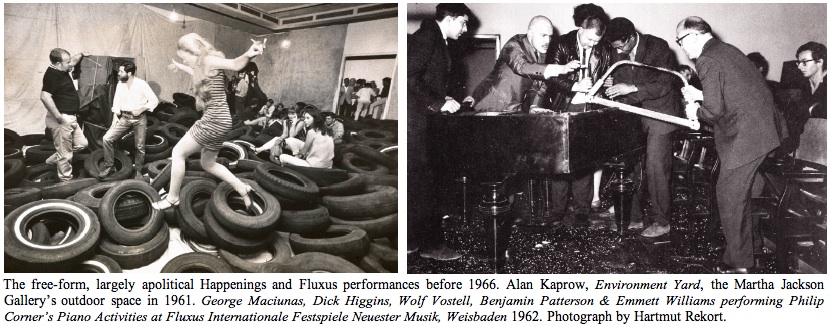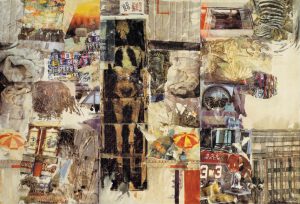Randall Packer asserts that “The laws of the known world have been all but abandoned in the third space: it is a space of invention and possibility.” Indeed, Telematic Dreaming brings two people, thousands of kilometers apart, together. While it should not be possible that they would both be able to interact with each other simultaneously in a shared space, Paul Sermon makes this possible through the usage of the ISDN network and the Third Space.
What is most striking about watching a video of the installation is how aware the audience is that they are on a bed whilst interacting with the artist. The connotations that being ‘in bed’ bring do not go unmissed. As a space in which we sleep and be with our partners and loved ones, the gestures between the bedmates are tender and intimate: we witness this from the 2 min 50 second mark in the video below.
With the work having been exhibited in the 21st century since its conception (most recently in 2011), it is not a far reaching statement to assume that the audience would be well acquainted with the third space. As Randall Packer writes, the “digital natives”, a group that the audience is part of, “are the standard bearers (of the third space)”. With all the (possibly unknowing) familiarity with the third space, it is interesting to see how the audience member reacts to this third space.
The user physically inches away when the artist makes sweeping motions across the bed, like they are almost scared to intrude on that space, even though they most definitely, physically can.
The artist then moves to the right side of the bed, and the audience member takes the opportunity to scramble to the left side (lest the artist start making sweeping gestures again, I believe). Even the psychedelic background of the projection does not take away from how real it is. In fact, coupled with the trance-like music playing in the background, and the fact that the participants cannot audibly communicate with one with another, the whole situation becomes almost too real: the experience of laying in bed with a projected person, next to you becoming heightened.
Moreover, we take note that this action of laying in bed need not be physical – as the artist himself writes, “the user exchanges their tactile senses and touch by replacing their hands with their eyes”. This begs the question: Can we feel through our eyes? With the above analysis, I would say that we can, to an extent, at least. We cannot physically do so, but we can materialize what we see as the feeling of being touched. This translates into our everyday lives – we feel a rush of happiness when we see our loved ones, and feel frustrated when we see what we planned for not working out. Subscribing to Cartesian Dualism, I would say that immaterial reality manifests in the virtual body that the artist projects in ‘Telematic Dreaming’.
Sources referenced:
- Packer R. “The Third Space,” (2014) in Reportage from the Aesthetic Edge
- http://arts.brighton.ac.uk/staff/sermon/telematic-dreaming
- http://v2.nl/archive/works/telematic-dreaming
- https://www.digitalartarchive.at/database/general/work/telematic-dreaming.html
- https://www.leonardo.info/gallery/gallery332/sermon.html







